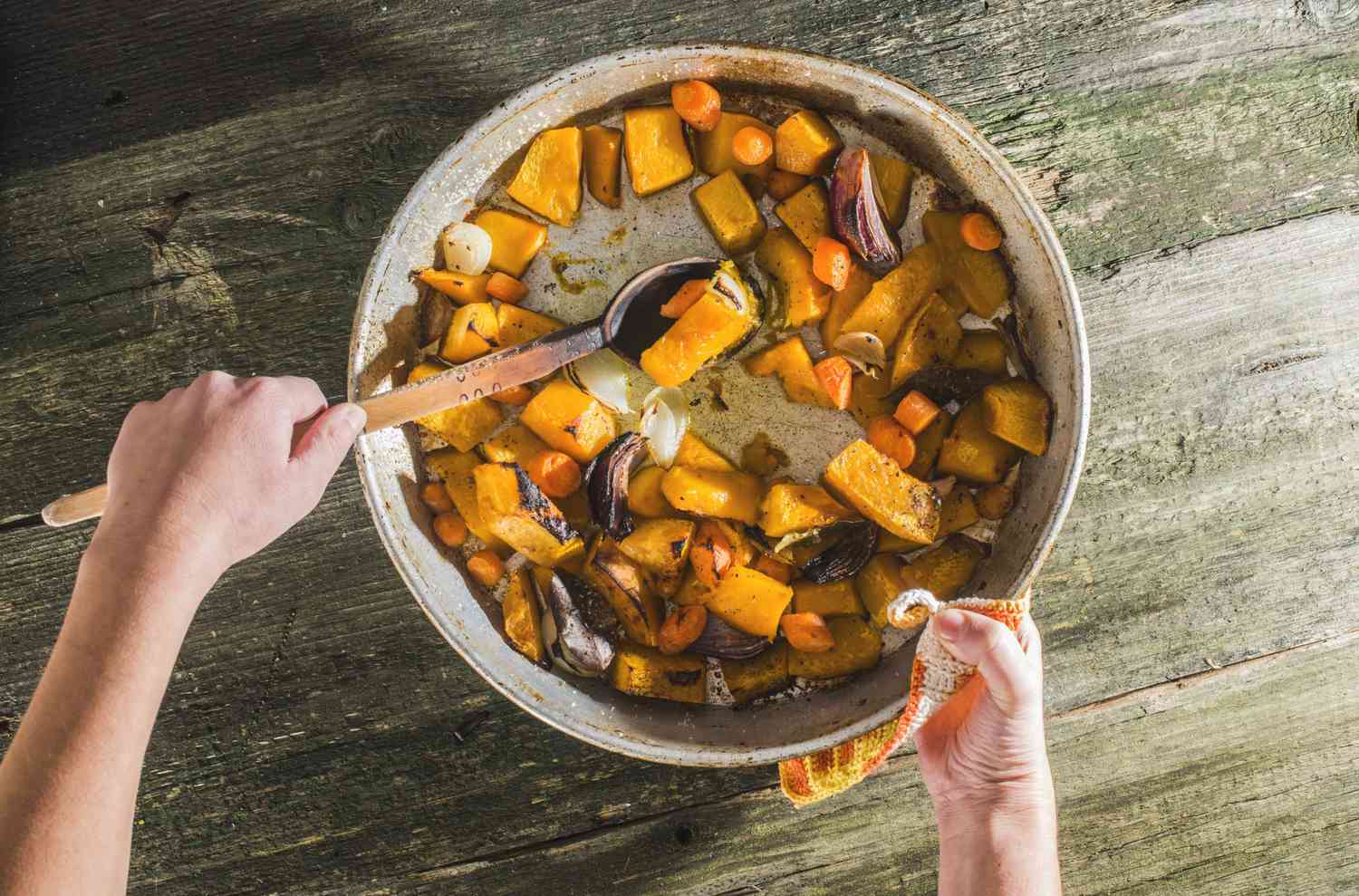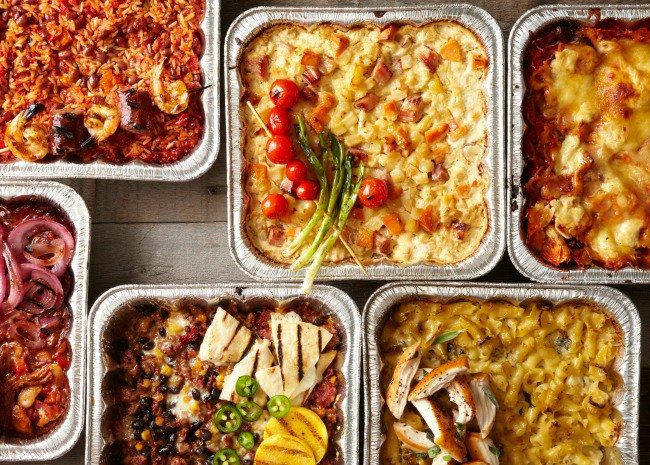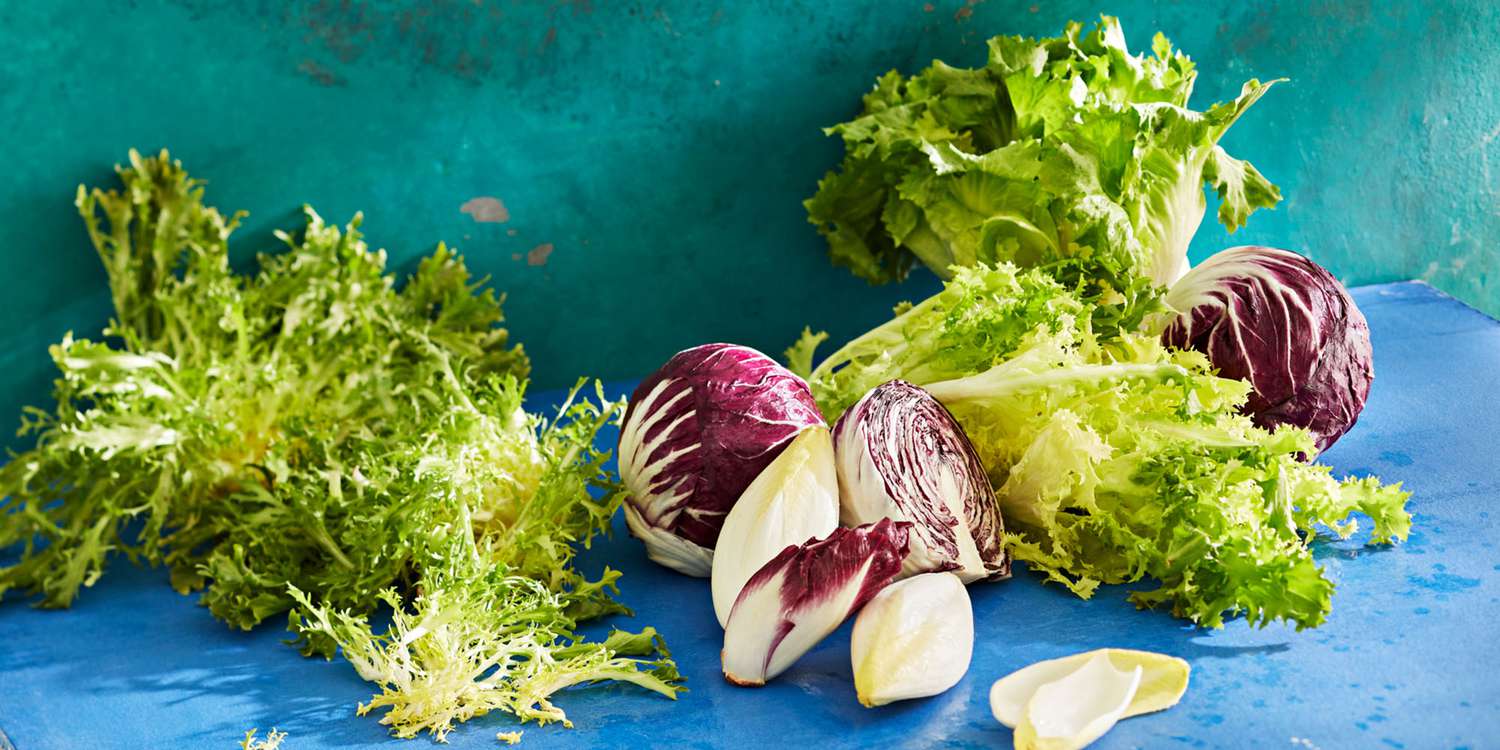You’re hosting for the holidays this year, and you want to make your favorite candied sweet potatoes. The only problem: The recipe serves 5, and you have 20 guests coming to dinner. This year, don’t let the calculating and finessing involved in doubling or tripling your favorite recipes keep you from serving a wow-worthy holiday feast. Read on for the tips that will help you satisfy your large crowd stress-free.
Scaling Recipes for Big Crowds
1. Be flexible with serving sizes.
Your go-to green beans serves 4, but you have 23 people coming to your holiday party. The math says that you should multiply your recipe by 5.75, but that could get confusing fast. Make things easier on yourself by sticking with round numbers when multiplying your ingredients. And if that means your new serving number comes out a little low, don’t worry. It’s likely that no one will notice given the plethora of tasty options to choose from, and even more likely that each dish will have one or two people that pass, so your cousins at the end of the table won’t miss out on the caramelized Brussels sprouts they’ve been craving all year.
2. Choose recipes that roast.
Sautéing asparagus is normally fast and easy, but it becomes slower and more difficult if you only have one skillet and need to work in batches to cook a triple recipe. To avoid this issue, stick to dishes that are roasted or baked. Sheet pans, baking pans, and roasting pans come in huge sizes so you won’t need to cook in batches, plus the oven ensures even cooking — as long as the food on the pan is distributed evenly — that isn’t guaranteed if you overfill a skillet. When you’re roasting, start with the cooking time specified in the original recipe, then check for doneness and extend the time as necessary.
3. Say yes to soups.
Soups are some of the easiest recipes to scale up to serve a crowd. They’re already simmering on the stove for hours and your go-to stockpot is likely large enough to hold more servings than you need. But things get a bit trickier with creamy soups like butternut squash that need to be pureed, which could require multiple messy pours from the pot to the blender and back. For maximum ease and efficiency, stick to broth-based soups or soups that only require half the mixture to be pureed. Or use an immersion blender to turn your soup into smooth, creamy goodness.
Tip: You can avoid spray by laying a piece of parchment paper over the pot, cutting a hole in the center and feeding the immersion blender through the hole.
4. For baking, think smaller.
While dishes like soups, casseroles, and roasted vegetables are easy to double and triple, doing the same with baked goods is a little more complicated. That’s because increasing the volume and the exposed surface area of a cake or bread will change the speed at which it cooks and browns, making it tough to get just right. So instead of doubling your favorite chocolate cake and baking it in a different pan to make a giant dessert showstopper, you’re better off making two in your regular cake pans.
And when it comes to the breadbasket, stick to rolls, muffins or mini loaves of pumpkin or cornbread instead of trying to bake up giant loaves. Not only will this make your baked goods easier to eat, it will ensure that every bite is light, moist, and perfectly cooked.
Related Content:
- Cooking for a Crowd Side Dishes
- Recipe Conversion Basics
- Cooking for a Crowd Appetizers




